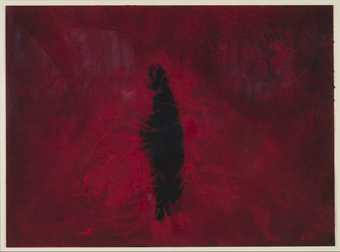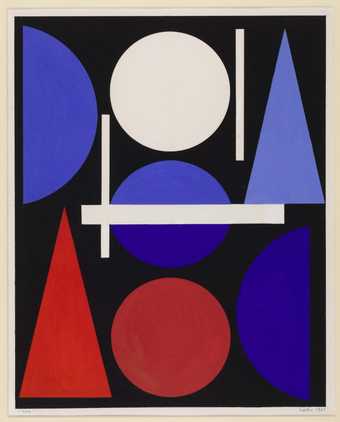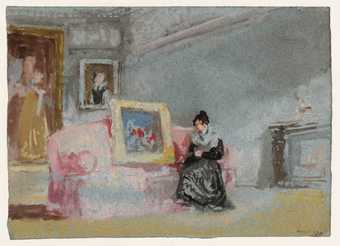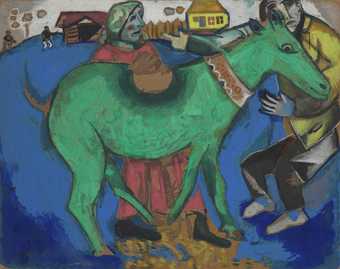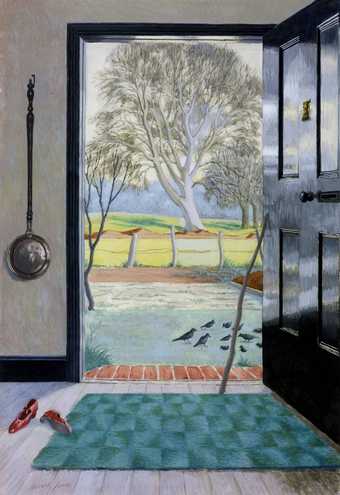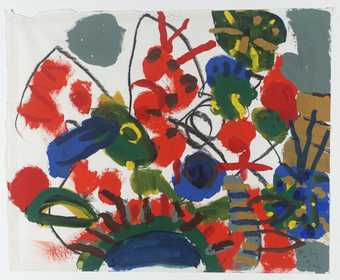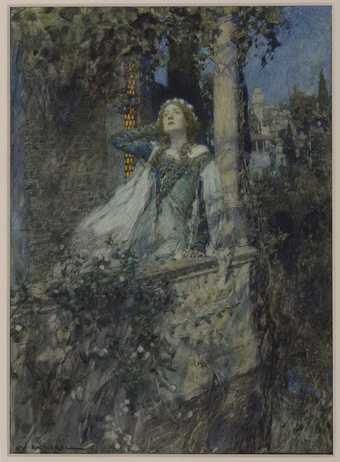
William Hatherell
O, Romeo, Romeo, Wherefore Art Thou Romeo? (c.1912)
Tate
The term gouache was first used in France in the eighteenth century to describe a type of paint made from pigments bound in water-soluble gum, like watercolour, but with the addition of a white pigment in order to make it opaque.
Larger percentages of binder are used than with watercolour, and various amounts of inert pigments such as chalk are added to enhance the opacity. Gouache forms a thicker layer of paint on the paper surface and does not allow the paper to show through. It is often used to create highlights in watercolours.
Today the term gouache is often used loosely to describe any drawing made in body colour. Bodycolour is any type of opaque water-soluble pigment; used by artists from the late fifteenth century. Lead white was used until the introduction of zinc oxide, known as Chinese white, in the nineteenth century.

